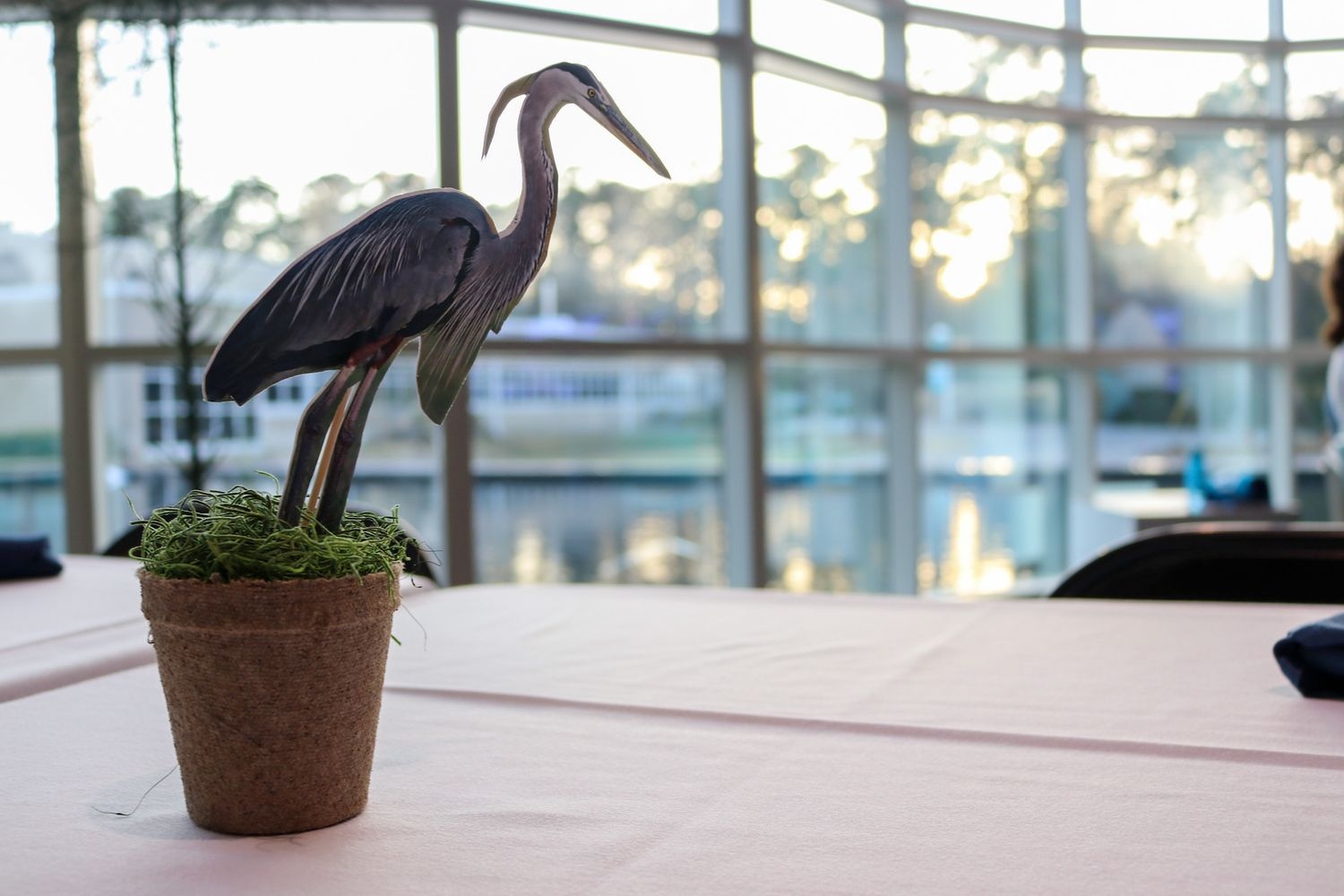“ My experience with MarineQuest Summer Camp further confirmed my desire and interest to pursue a career in marine biology. My time at UNCW was a positive and memorable one and I hope to enroll as a college student once I graduate from high school. ”
Kendra
Student
Contact Us
MarineQuest
Main Office: 626 MacMillan Ave.
MarineQuest Lab: Center for Marine Science, 5600 Marvin K. Moss Lane







